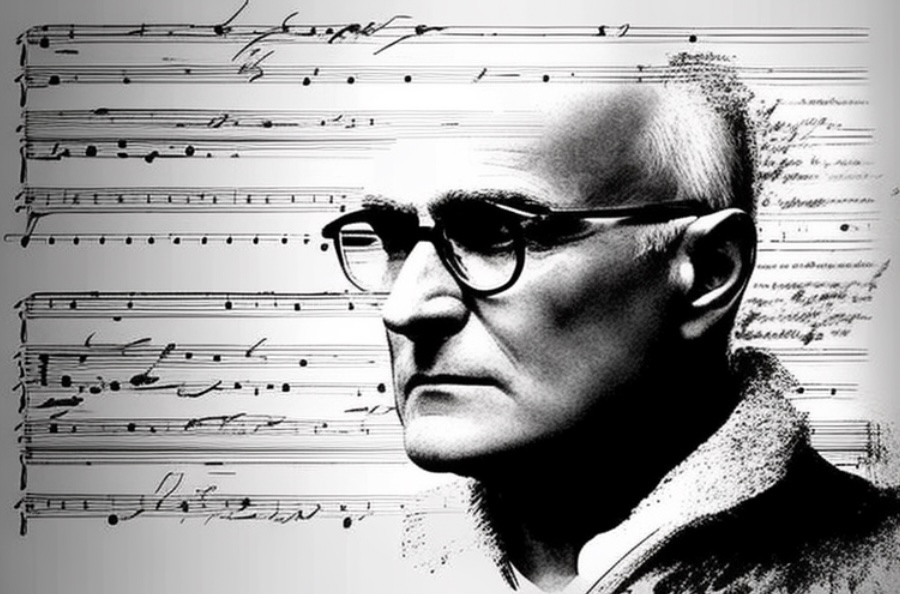1922, Suite for Piano, Op. 26: Nachtstück - Paul Hindemith
Brief Overview of Paul Hindemith's Op. 26: Nachtstück
The Nachtstück from Paul Hindemith's Suite for Piano, Op. 26, stands out as an exemplar of early 20th-century piano composition, incorporating innovative harmonic structures and expressionist elements. Composed in 1922, this piece demonstrates Hindemith's evolving style, which meticulously bridges the gap between romanticism and the burgeoning modernist movement. The Nachtstück is not just a piece; it is a musical journey that encapsulates the essence of the night through its intricate tonal quality and textures.
Origins and Historical Context
Genesis of the Op. 26 Suite
The Suite for Piano, Op. 26, including the Nachtstück, was composed during a period of immense creativity and experimentation for Hindemith. In the aftermath of World War I, the composer found himself searching for new means of musical expression, leading to the creation of this groundbreaking work. This suite represents Hindemith's departure from traditional forms towards a more exploratory compositional style.
Release and Initial Reception
Upon its release, Nachtstück and the entire Op. 26 Suite were met with mixed reactions. The modernist approach taken by Hindemith challenged conventional expectations of piano music at the time. However, it also earned a place in the repertoire of avant-garde pianists, drawn to its bold dissonance and innovative use of texture.
Analytical Perspectives
Harmonic Exploration
The harmonic language of Nachtstück is rich and complex, favoring chromaticism and atonality over traditional harmonic progressions. Hindemith employs a unique approach to tonality, often obscuring the tonal center to evoke the ambiguous nature of night. This technique contributes to the piece's haunting atmosphere and emotional depth.
Rhythmic and Textural Innovation
Rhythmically, Nachtstück is characterized by its fluidity, frequently employing changing meters to create an impression of timelessness. Texturally, Hindemith juxtaposes sparse, transparent sections against denser, more complex passages, mirroring the contrasting shadows and lights of nighttime.
The Enduring Appeal of Nachtstück
Contribution to Piano Repertoire
Despite its initial mixed reception, Nachtstück has secured its place in the 20th-century piano canon. Its innovative harmonic language, combined with emotional depth and technical demands, has made it a favorite among pianists seeking to showcase their interpretative skills and technical prowess.
Cultural and Educational Value
Beyond its musical significance, Nachtstück serves as an educational tool, introducing pianists and audiences alike to the principles of early modernist composition. It offers insight into Hindemith's compositional process and his response to the socio-political turmoil of his time.
In conclusion, Paul Hindemith's Nachtstück from the Suite for Piano, Op. 26, is much more than a piece of music; it is a reflection of a transitional period in music history. Through its intricate harmonies, innovative textures, and emotional depth, Nachtstück challenges performers and captivates audiences, ensuring its lasting legacy in the repertoire of solo piano music.
Publication date: 12. 03. 2024


